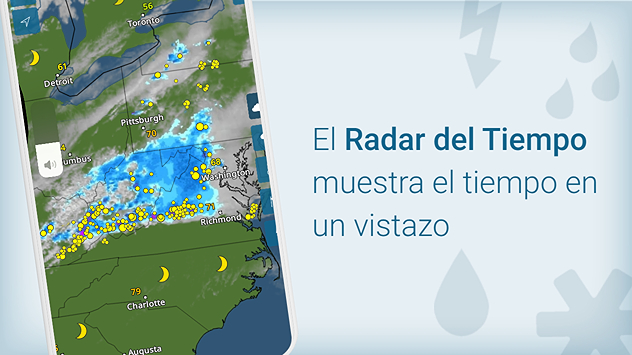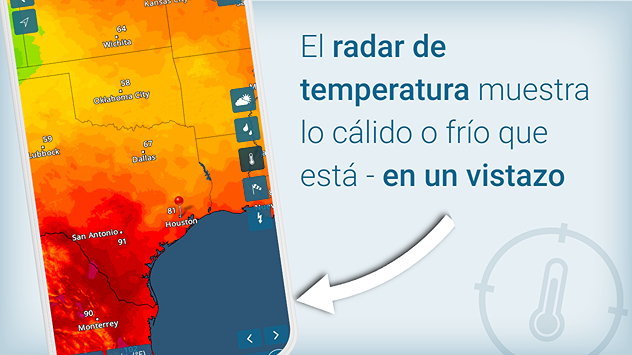How atmospheric temperatures determine winter precipitation types
Snow, sleet or iceHow atmospheric temps shape winter precipitation

Snow forms when the entire column of air from the clouds to the surface is below freezing (32°F/0°C). The snowflakes remain frozen all the way down, giving us that powdery white blanket. Sleet happens when snowflakes fall through a shallow warm layer (above freezing), partially melting, and then refreeze before hitting the ground. This creates tiny ice pellets that bounce off surfaces. Freezing Rain starts as snow, but it travels through a deeper, warm layer and melts completely into rain. However, as it reaches the ground, it passes through a shallow freezing layer and freezes in contact with cold surfaces, creating a dangerous glaze of ice. Rain occurs when temperatures remain above freezing from the clouds to the ground, preventing any freezing.
es.weatherandradar.com


